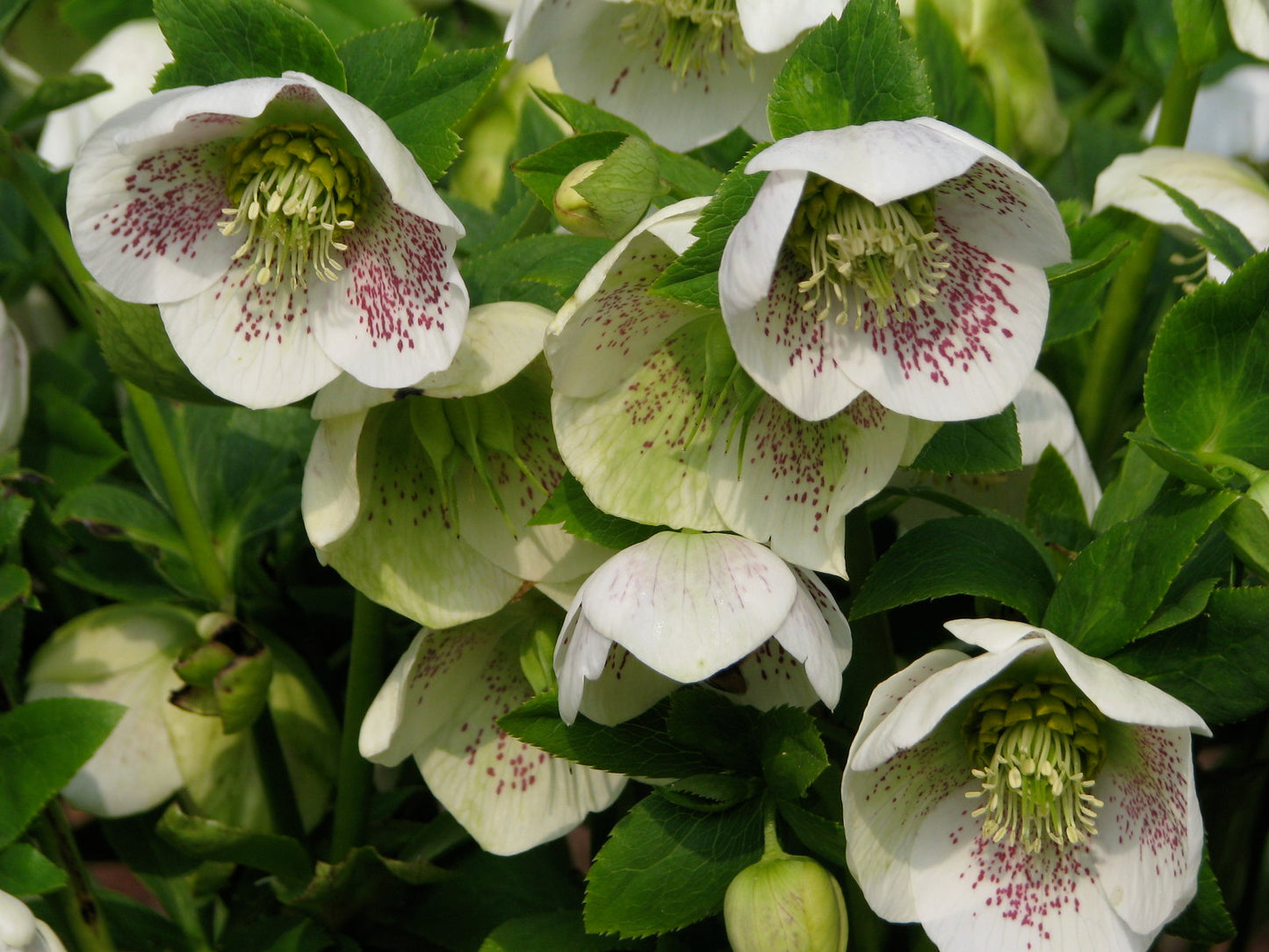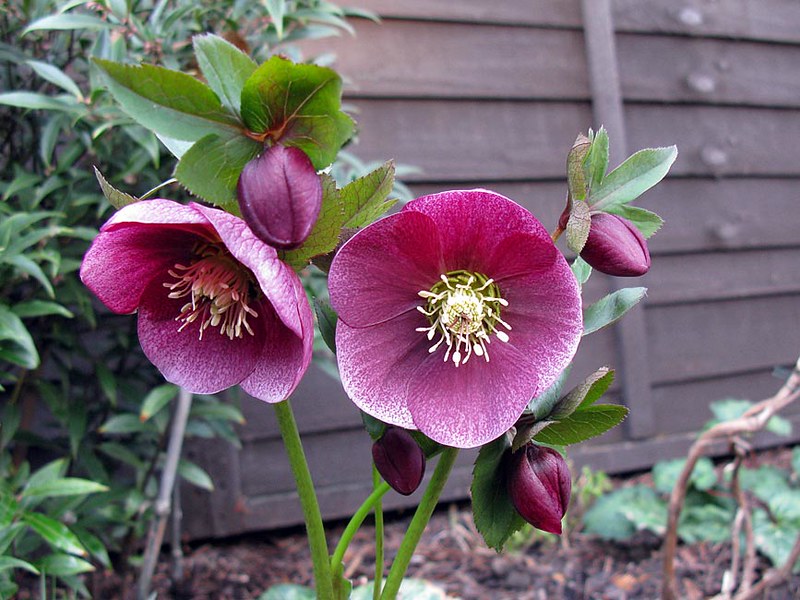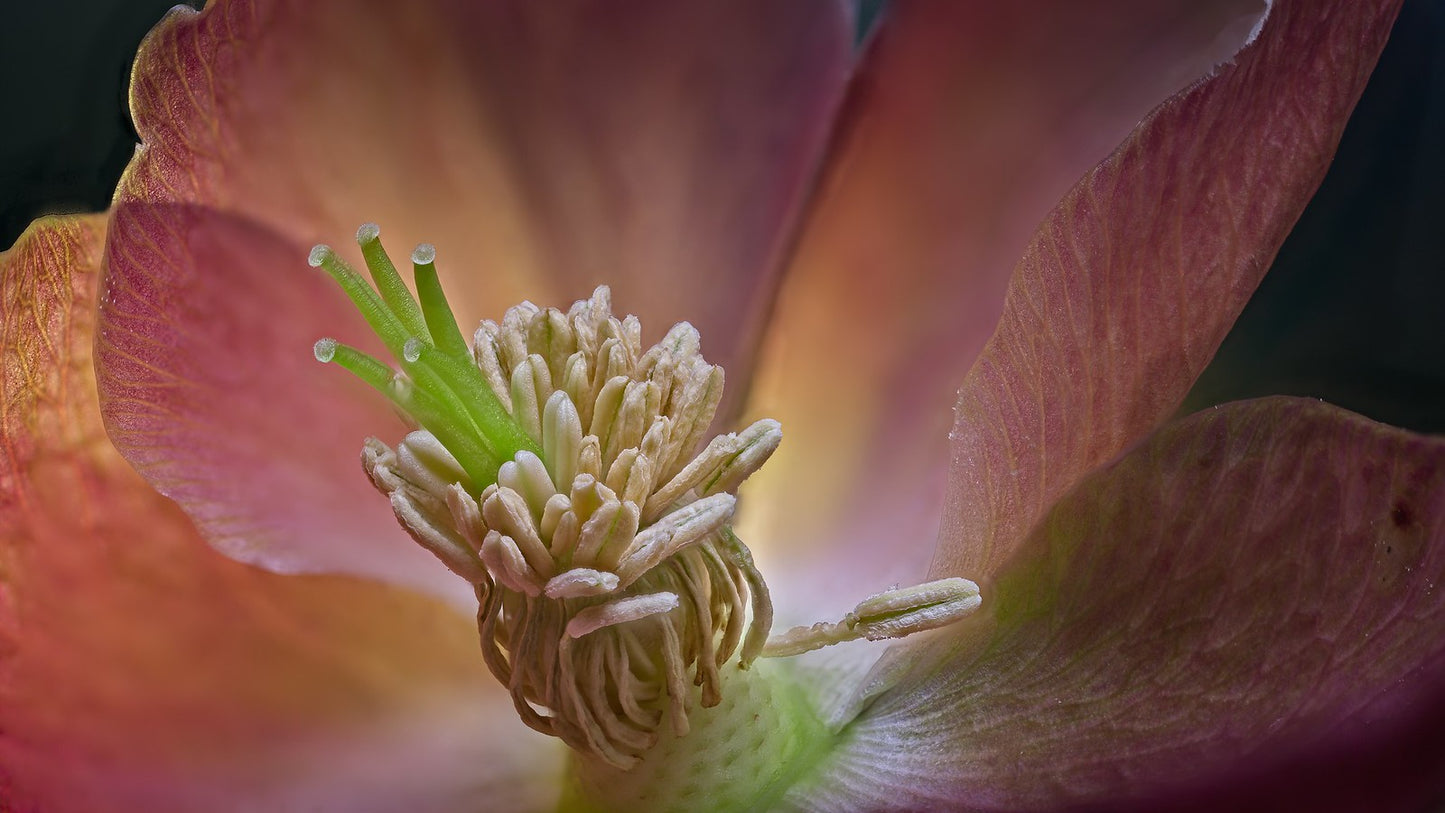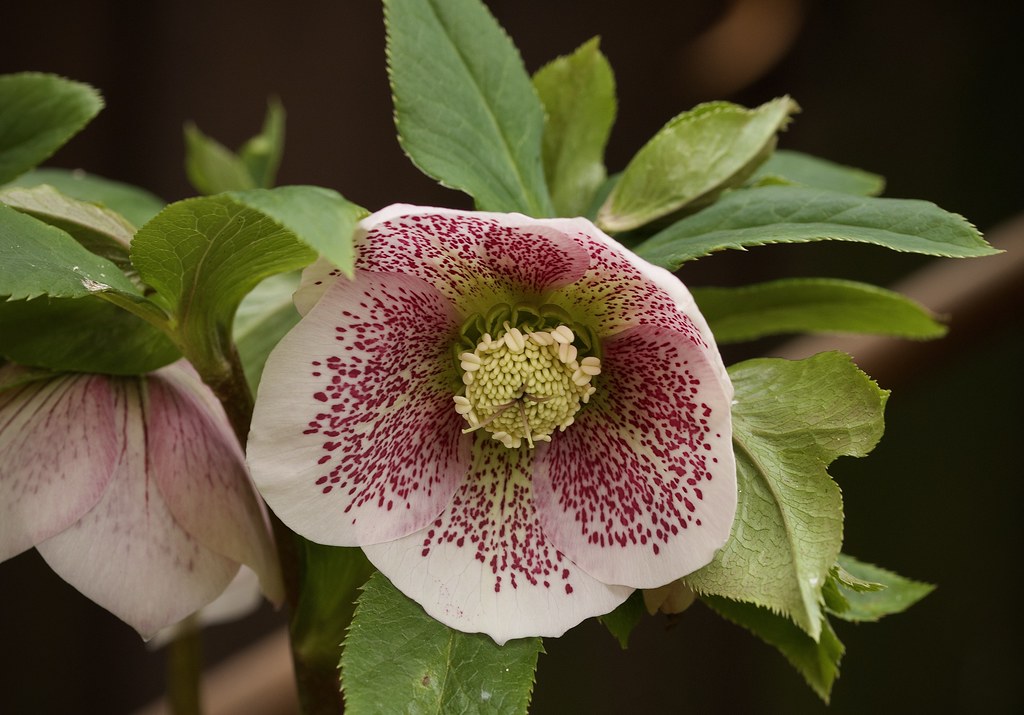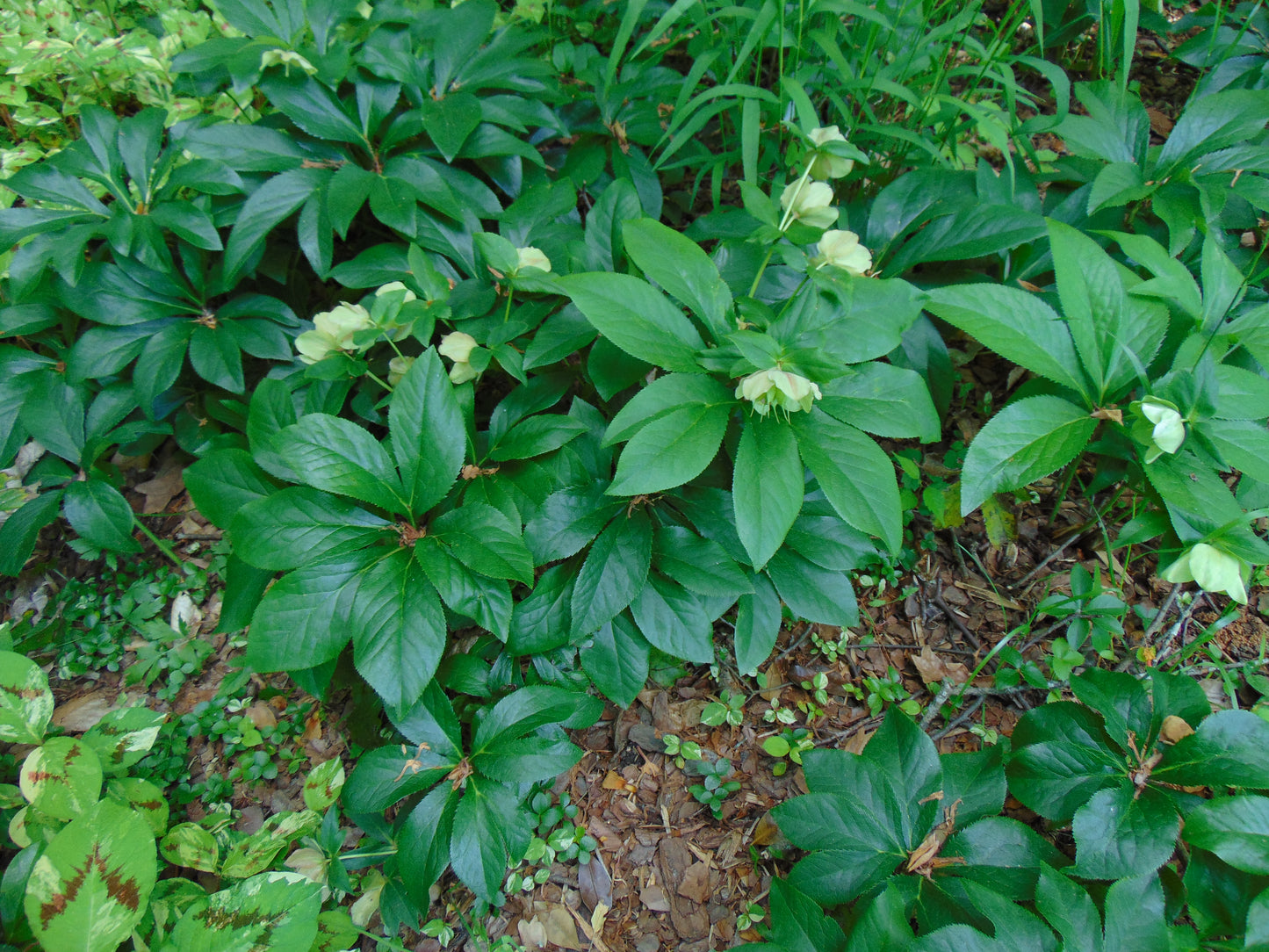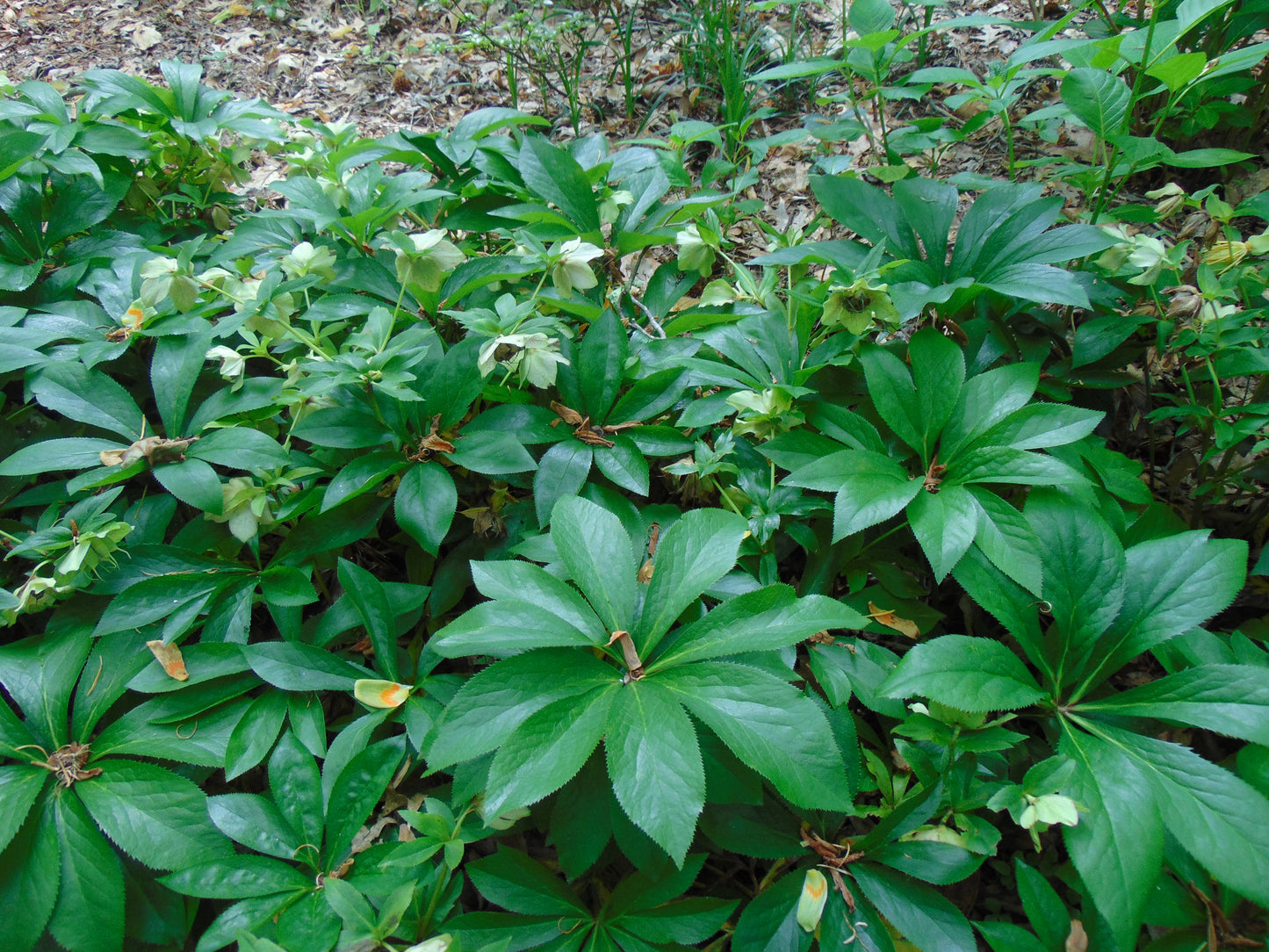Floridaseeds
Lenton Rose Helleboris orientalis 20 Seeds USA Company
Lenton Rose Helleboris orientalis 20 Seeds USA Company
Couldn't load pickup availability
Helleborus orientalis, commonly known as Lenten rose or Oriental hellebore, is a popular perennial flowering plant that belongs to the Ranunculaceae family. It is native to parts of Europe and Asia and is prized for its early spring blooms, attractive foliage, and shade tolerance.
Here's some information about Helleborus orientalis:
Description: Lenten rose is a clump-forming perennial that typically grows to a height of 1 to 2 feet (30 to 60 cm) and spreads about the same distance. The plant produces leathery, evergreen leaves that are deeply lobed and often have a glossy appearance. The flowers are bowl-shaped and come in a wide range of colors, including shades of white, pink, purple, and green. They are typically nodding or drooping, adding to the plant's charm.
Bloom Time: As the name "Lenten rose" suggests, Helleborus orientalis often begins blooming in late winter to early spring, around the time of Lent. The flowers can persist for several weeks, providing a splash of color when few other plants are in bloom.
Cultivation: Lenten rose thrives in partial to full shade and prefers well-draining soil rich in organic matter. It is well-suited for woodland gardens, shaded borders, and other areas with filtered sunlight. The plant is known for its hardiness and ability to tolerate cold temperatures.
Toxicity: Like many members of the Ranunculaceae family, Helleborus orientalis is considered toxic if ingested. It contains compounds that can cause gastrointestinal distress if consumed, so caution should be exercised, especially if the plant is present in areas frequented by children or pets.
Propagation: Lenten rose can be propagated through division or by sowing seeds. Division is typically done in the fall, while seed sowing can be done in late spring to early summer. Keep in mind that seed-grown plants may take a few years to reach flowering size.
Maintenance: Lenten rose is generally low-maintenance. Remove old or damaged foliage in late winter to allow the emerging flowers to be more visible. Mulching around the base of the plant can help retain moisture and suppress weeds.
Companion Plants: Helleborus orientalis pairs well with other shade-loving plants such as ferns, hostas, and woodland bulbs. Its early blooms provide a lovely contrast to the muted colors of early spring.
Deer Resistance: Lenten rose is often considered deer-resistant, making it a good choice for gardens where deer are present.
Growing Instructions
Seed Preparation: Hellebore seeds have a hard outer coat that can inhibit germination. To enhance germination rates, a process called "stratification" is often used. You can do this by placing the seeds in a plastic bag with some moist vermiculite or potting mix. Seal the bag and store it in the refrigerator for 6-8 weeks. This mimics the natural winter conditions the seeds would experience outdoors.
Sowing Seeds: After the stratification period, prepare a seed tray or small pots with a well-draining potting mix. Sow the seeds on the surface of the soil and lightly press them down. Cover the seeds with a thin layer of soil or vermiculite.
Watering and Care: Keep the soil consistently moist but not soggy. You can cover the seed tray or pots with a clear plastic lid or plastic wrap to create a mini greenhouse effect. Place the container in a bright, indirect light location. Avoid exposing the seeds to direct sunlight, as this can cause the soil to dry out too quickly.
Germination: Helleborus orientalis seeds can be slow to germinate, and it might take several weeks to a few months for the first seedlings to appear. Be patient and continue to provide proper care.
Transplanting: Once the seedlings have grown large enough to handle (usually when they have developed a couple of true leaves), you can transplant them into individual pots or into a garden bed. Choose a location with partial to full shade, as Helleborus orientalis prefers these conditions.
Materials
Materials
Shipping & Returns
Shipping & Returns
Dimensions
Dimensions
Care Instructions
Care Instructions
Share
